Does Your Shoulder Hurt Too?
When we recently reviewed our cases from 2011, we saw that over 30% of our patients came to physical therapy to specifically address shoulder problems. And with three people in my own family who have battled shoulder issues, I thought it might be helpful to shed some light on this common source of pain. The shoulder provides a large range of motion allowing us to do simple things like reaching the top kitchen shelf and putting on our coats to more high level activities such as pitching a baseball, swinging from the monkey bars or taking a few laps in the pool. This kind of mobility comes at the price of stability, making the shoulder more susceptible to injury.
Some of the most common shoulder problems include impingement, bursitis, tendinopathy/tendinitis of the rotator cuff or bicep, frozen shoulder, dislocation/separation, rotator cuff or labral tear, and arthritis. Searing pain will clearly alert you to one of these injuries, but below are some questions that can help you identify some earlier warning signs:
Have you had shoulder pain for more than a few days?
Have you developed new discomfort as a result of your fitness related New Year’s Resolution?
Can you carry your groceries without pain?
Can you reach into the back seat of your car or scratch your back without pain?
Do you have difficulty or pain with putting on your coat or shirt?
Do you have trouble resting or sleeping because of pain?
Has your sports performance declined?
Is there swelling or bruising around the joint or arm?
Do you have any signs of an infection (fever, redness, etc.)?
If you answer yes to any of these questions, you should make it a priority to see your physical therapist. Many shoulder injuries will worsen if left untreated, so time is of the essence. Early intervention can even help you avoid surgery!
